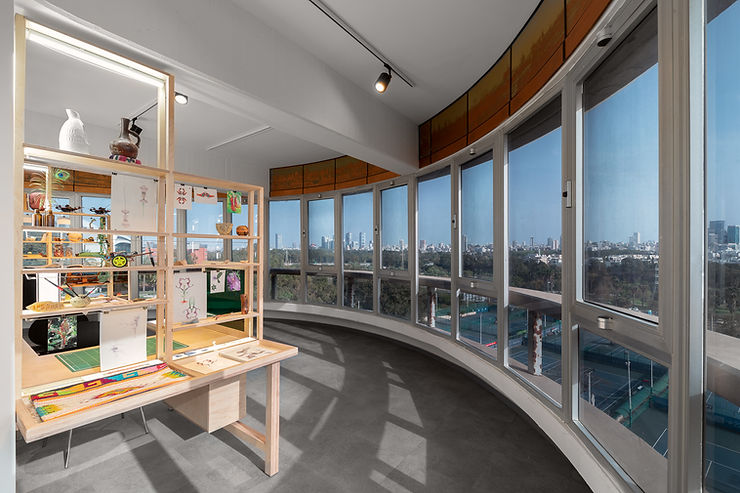
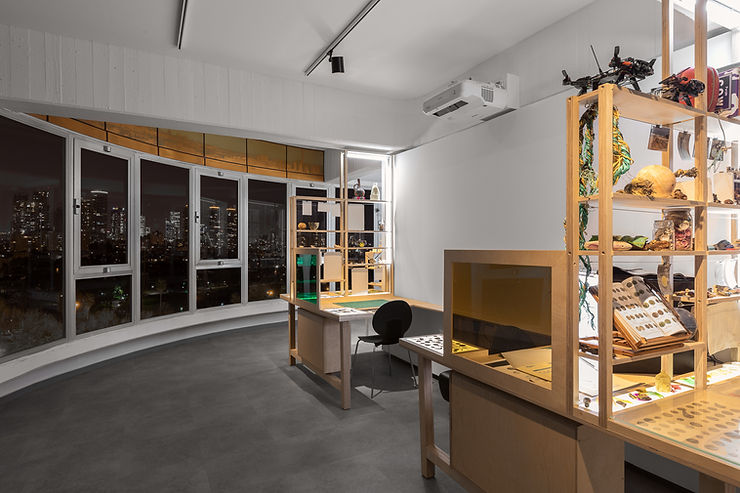
In conjunction with the Biennale, four academic bodies were invited to use the top floor of the Migdal Gallery as a research laboratory: The Graduate Program in Industrial Design, Bezalel; The David & Barbara Blumenthal Israel Center for Innovation and Research in Textiles (CIRtex), Shenkar; the Media Innovation Lab (miLAB), Herzliya Interdisciplinary Center; and the Material Flow Collective. The Graduate Program in Industrial Design, Bezalel Academy of Arts and Design, was the first to be hosted.
The Observation Tower and the Case of Selective Breeding
Curators: Tomer Sapir and Maya Ben David
Space design: Tomer Sapir
Observation towers serve a number of functions: communication, security, tourism, science and surveillance. The word “observation” is related to the attempt to predict future developments. The aspiration to predict the next step in the study of evolution, and to hypothesize how species will evolve, raises ethical and political questions concerning interventions in natural processes. Such attempts can conceivably be made, however, using advanced technologies such as genetic engineering.
Artificial selection intervenes in the genetic makeup of organisms in order to enhance certain qualities or eliminate others through selective mating, influencing natural choice and the development of species that would not have existed without science and culture. The encounter between the concepts “observation tower” and “selective breeding” invites us to consider the design process as a research-based, evolutionary, dynamic process, which leads to new developments and discoveries. This project therefore functions as a center that forecasts and maps global trends concerning social, biological, gender-based, technological and environmental changes. These changes were created by means of design interventions that have biological, anthropological, geological, archaeological, material, and engineering qualities.
The project presents select objects created in different courses in Bezalel’s M.Des program, and is composed of three parts: a permanent display, a dynamic work environment, and a program for the public. It invites us to think of the term “observation” as part of a research-based process involving active observation, data analysis, decision-making, and taking a stand.
The Bezalel Lab – The Exhibition Design and the Curatorial Concept
As part of the Biennale theme “On/Off,” the curatorial concept focused on accepted relations and divisions between past/present/future, craft/technology, old/new, etc. We sought to create a space in which completed projects were displayed alongside ones evolving in the Lab as part of the Biennale’s residency program, and integrated into the program of public events. The Lab served as a dynamic, evolving research space open to the public, while the exhibition evolved as an accumulating body of knowledge. The chosen projects all shared a pseudo-scientific character, as well as a system of rules allowing for unexpected occurrences and surprising discoveries. The curatorial process involved combining parts of different projects, and weaving them together in an autonomous sphere. Our emphasis was on the process itself, based on the assumption that every product holds the potential to lead to a new stage and to an unexpected fork in the road.
The display language related to the worlds of cabinets of wonder, museum collections, work environments and scientific archives. On the top floor, we chose to locate the projects adjacent to the column at the center of the tower, so as to preserve the panoramic view. In this way, the visitors themselves became observers gazing towards the horizon, while the residency participants could engage with the landscape.
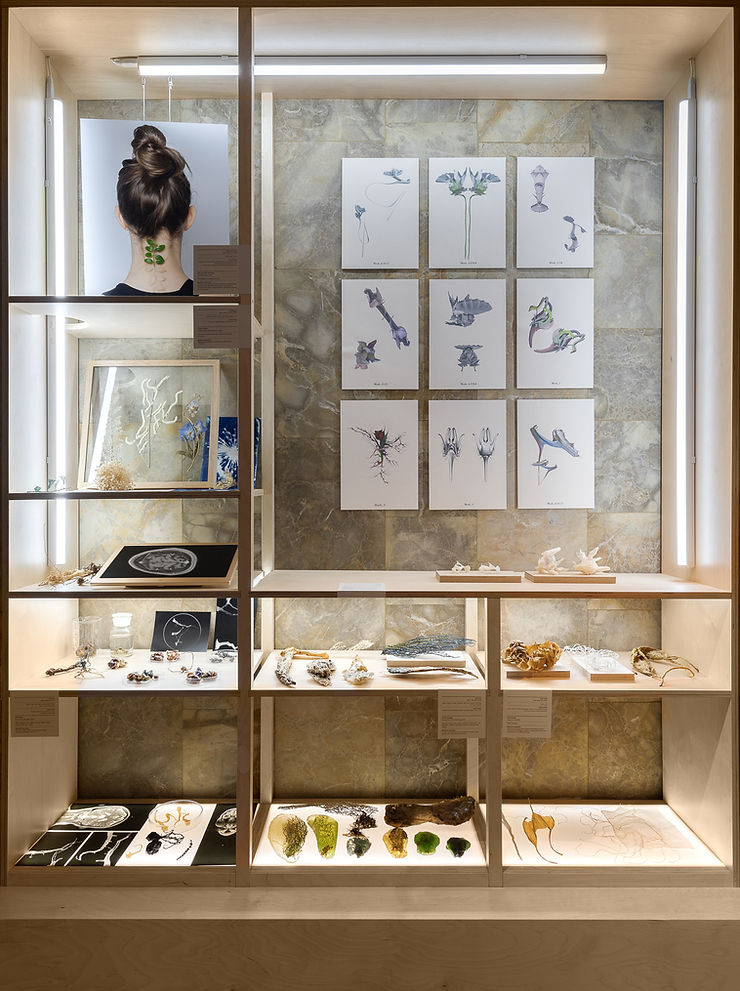
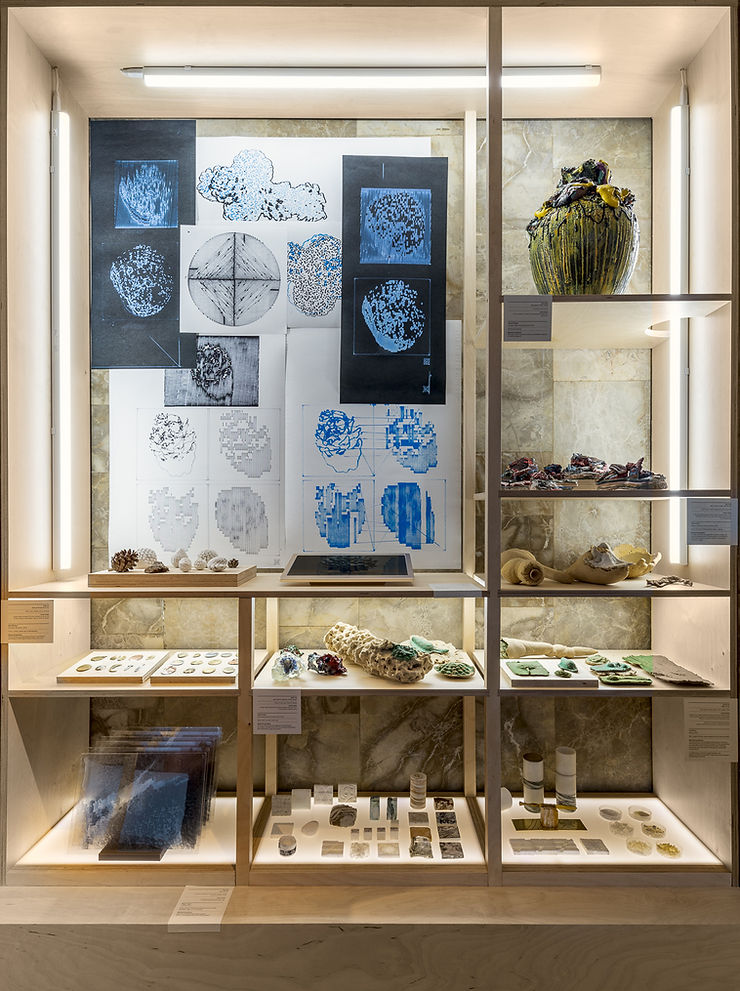
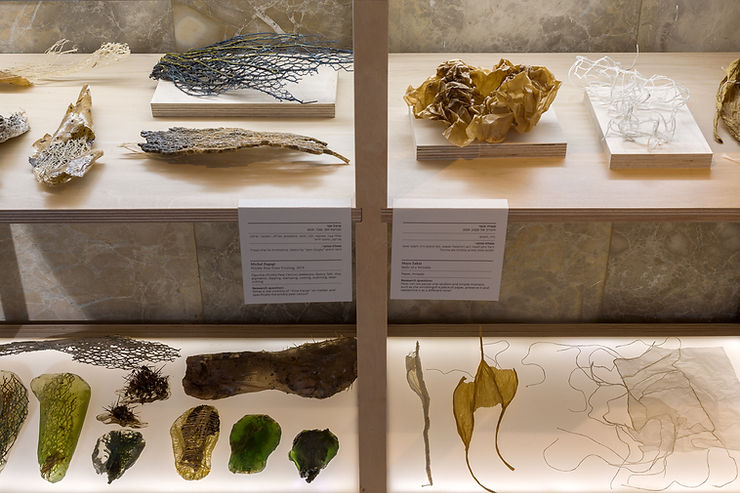
Given the project’s process-oriented character, the area devoted to the residency was designed as a series of active work stations, which enable the participants to work throughout the exhibition period. The environment was designed to respond to a number of needs: a studio that is intimate while enabling communication, the mediation of the project to the public, and open discussions with visitors. The tension between the private and public aspects of this work and display space required a system that is exposed in some areas and protected by means of dividers and shelving in other parts, which served to display the products of the ongoing process. Both stations were supported by a long, shared wall bearing a video projection, which shed light on the displayed projects.
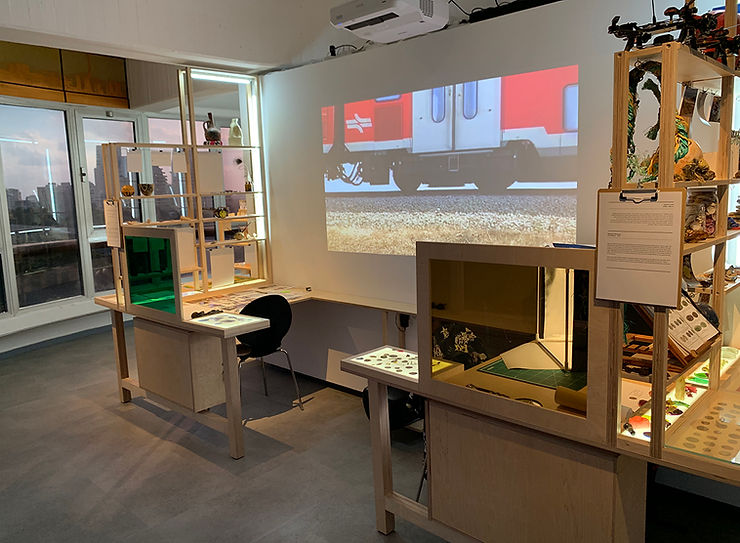
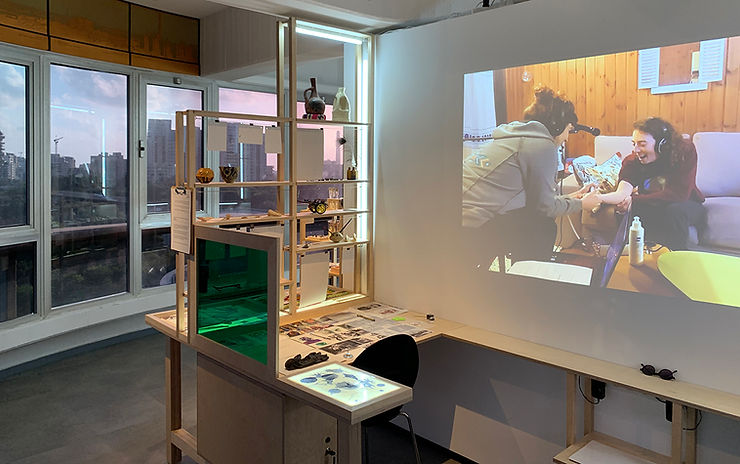
The works displayed in the Lab belonged to several thematic clusters. The video works along the stairs leading to the gallery space were concerned with political and social issues, while the works in the permanent display space were symmetrically divided into two groups. One group was concerned with questions pertaining to archaeology/geology, whereas the other related to the world of biology and vegetation. As one ascended the stairs in the direction of the roof, the gaze is directed both inwards to the space and outwards to the stars, towards the future and a new life.
The Residency Program
The residency program held in conjunction with the exhibition hosted pairs of students or graduates for two-three-week periods, in the course of which they worked in the exhibition space in the format of an “open studio.” The projects chosen to participate in the residency were all characterized by a research-oriented approach, in accordance with the theme of the exhibition in the Observation Tower. Each participant received a work station and shelving that functioned both as a work environment and as a means of displaying the products of the research process. The work stations thus evolved throughout the course of the exhibition, in accordance with the evolutionary development of the program and its products, and with the changing residency participants, whom the visitors could observe, meet and converse with about their projects while they worked in the space.
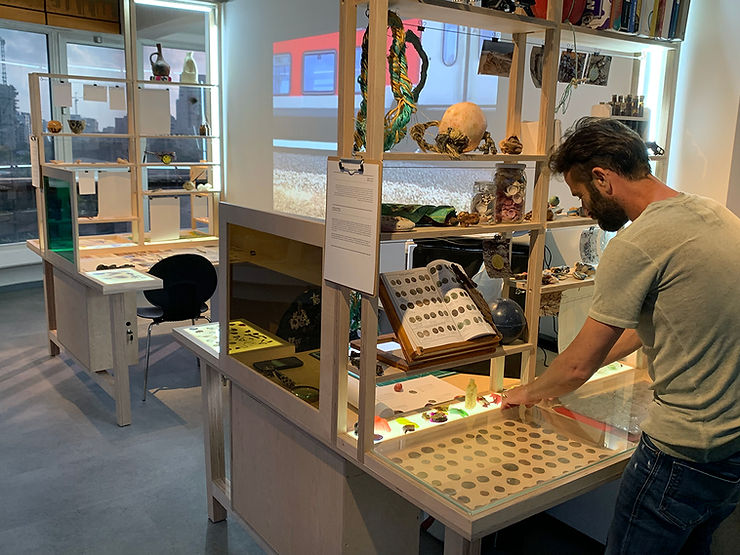
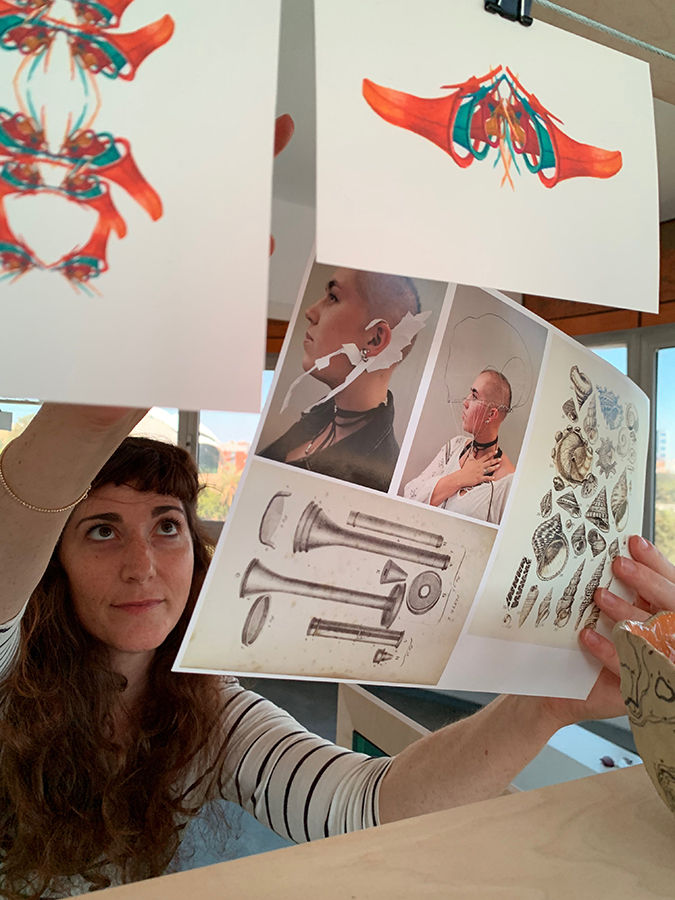
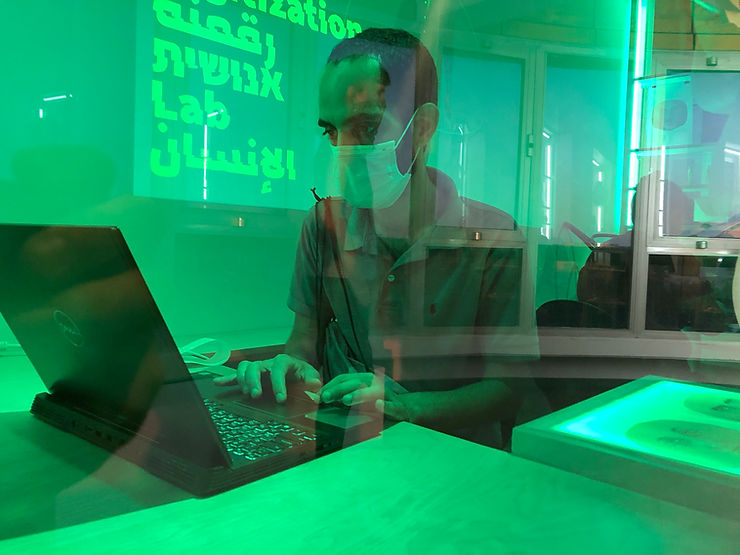
Mentors: Tomer Sapir, Maya Ben David, Johnathan Hopp, Dr. Romi Mikulinsky, Eyal Fried, Dana Ben Shalom
Participants: Hagar Arad, Nimrod Azulay, Lia Bruce, Liron Dover, Maya Etstein, Michal Evyatar, Omri Fisher, Anat Golan, Rinat Goldberger, Daniel Hizkiyahu, Noa Ilan, Amir Kedar, Ariel Lavian, Ben Lev, Gadi Lissak, Stav Mandelbaum, Marva Mor, Tal Nisim, Vitali Oneg, Yousef Rajabi, Bili Regev, Tom Reznikov, Yaara Schattner, Ron Shafran, Hila Shamir, Naomi Slaney, Michal Zagagi, Maya Zakai, Rona Zinger, Shai Zucker
More Articles

New Acquisitions: Gifts from the Tennenbaum Collection to the Glass Pavillion Over 70 glass items from the Rivka and Zvi Tennenbaum Collection have been donated to the Glass Pavilion in memory of their son, the flute player Yadin Tennenbaum, who was killed at the Suez Canal in the Yom Kippur War
18.04.24
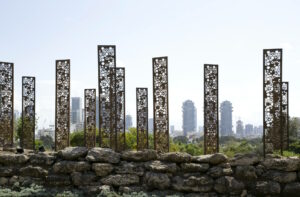
New Acquisitions: Works Exhibited at the Biennale of Crafts & Design Some 60 artists whose works were exhibited at the Biennale of Crafts & Design held at the museum in 2020 and 2023 generously contributed their works to the collection of MUZA, Eretz Israel Museum, Tel Aviv
18.04.24
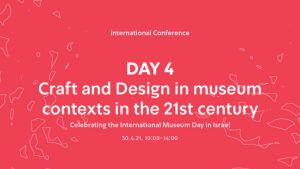
International Conference: DAY 4 – movies and lectures
24.01.22
